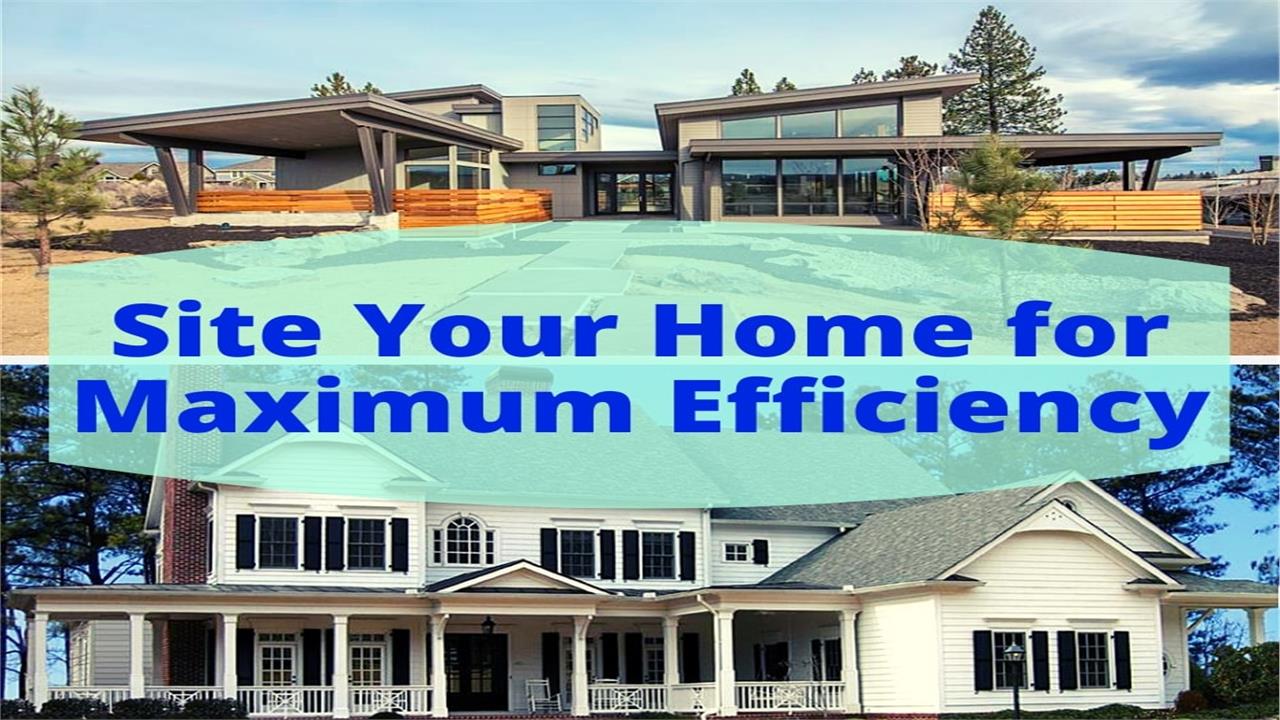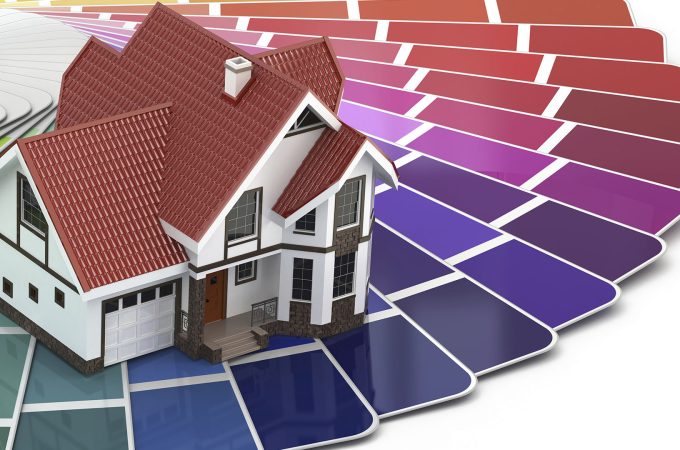
Building a Home That Maximizes Energy Efficiency, On a Budget
Energy efficiency is essential for any household. Not only does it reduce energy costs, but it also minimizes waste and helps to conserve our planet’s resources. Fortunately, รับสร้างบ้าน ราคา that is energy efficient doesn’t have to break the bank; there are plenty of cost-effective ways to maximize your home’s energy efficiency without breaking your budget. Here are 8 tips for building an energy-efficient home on a budget.
1) Choose A Smaller Home Design
When it comes to achieving maximum energy efficiency, size matters. Generally speaking, the smaller the home design you choose, the less air conditioning and heating you will need. This translates into lower utility bills and can help you save money in the long run – not to mention reduce your carbon footprint! Consider opting for a one or two-bedroom home if space permits as this can significantly reduce construction costs while still providing adequate living space.
2) Invest in quality insulation:
If your budget allows, invest in good-quality insulation when building your home. Poorly insulated homes tend to lose heat more quickly through draughts or leaks around windows and doors. Adding good quality insulation throughout the home can help trap heat in the winter months and keep cool air in during the summer months – reducing overall energy consumption and saving you money on utility bills over time. In addition, look for insulation with higher R-values, as these indicate a higher level of thermal resistance, further increasing its effectiveness.
3) Install efficient windows:
Windows account for up to 25% of a home’s total energy loss, so investing in quality windows is key when trying to make a home more energy efficient. Look for windows with low U-values (the measure of how much heat passes through glass) as these are better at keeping warm air in during the winter months or preventing cool air from escaping during the summer months – helping to reduce reliance on HVAC systems and ultimately lowering utility bills all year round. In addition, opt for double or triple-glazed windows as they offer superior insulation compared to single-glazed windows due to the increased air space between the panes, which further impedes heat transfer across the window surfaces.

4) Use natural light sources:
Rather than relying solely on electric lighting throughout the day, try to utilize natural light sources wherever possible, such as skylights or strategically placed windows that allow sunlight into certain rooms in the house at certain times of the day (e.g. east-facing bedrooms). Natural light not only eliminates reliance on power-hungry electric lighting, but it also creates an inviting atmosphere that many find soothing – perfect for relaxing afternoons spent indoors or getting through tasks without feeling overly fatigued by artificial light sources later in the evening hours after the sun has set outside.
5) Choose low-flow showerheads & taps:
Low-flow showerheads & faucets are designed with built-in aerators that mix water streams with air molecules before exiting into the basin to which they are connected – resulting in significant water savings by using less water per minute than traditional models, without sacrificing performance levels from either type of fixture (showerhead vs. basin/faucet). In addition, many models are equipped with temperature control knobs, giving users even greater flexibility in choosing how hot/cold they want their showers/baths and dishwashing routines to be – making them an ideal investment regardless of the budget constraints faced by any individual consumer looking to purchase such items in their own home.
6) Upgrade to an Energy Star-qualified appliance:
It pays big dividends to upgrade old appliances that use large amounts of electricity with newer, more efficient models such as those certified under the Environmental Protection Agency’s ENERGY STAR® program – which designates products that meet strict standards set by government agencies for product performance levels that directly relate to both environmental conservation efforts and financial benefits derived from reduced utility bills over time due to improved efficiencies found in new model appliances. The Environmental Protection Agency estimates that homeowners who replace old inefficient appliances with ENERGY STAR® certified options can save anywhere from 10% to 50% on average, depending on the age/type being replaced – making such upgrades worthy investments that should be thoroughly considered before committing funds towards future purchases related directly back towards replacing existing units currently installed within respective households accordingly.
7) Install solar panels for renewable energy:
Solar panels are becoming increasingly popular among homeowners who want renewable sources of power generation – typically producing enough electricity needed daily in most parts of North America, according to estimated calculations made available through various websites online specifically dedicated to this subject alone.
Installing solar panels on rooftops can prove costly upfront, however, federal tax credits offered along with potential rebates available locally/regionally depending on area code definitely sweeten the deal even further given all the associated savings taken together add up nicely over extended periods of time using tracking the aforementioned metrics mentioned above (provided conditions remain met) – likewise, organizations like Solar United Neighbors offer community-based programs aimed directly at lowering installation costs even further, among other perks found exclusively via membership plans geared towards taking advantage of such opportunities whenever given chance arise down the line continuously moving forward.

8) Check for local rebates & tax credits:
Local city governments often offer incentives aimed directly at promoting green initiatives such as adding solar panels to rooftops, among others – meaning savvy buyers should always check beforehand what kind of rebates/credits exist before attempting any major renovations, primarily stemming from the aforementioned topics outlined in the article itself before coming to the conclusion section provided here today.
Furthermore, don’t forget to take advantage of the federal government’s currently legislated tax credit programs, alongside additional state-level initiatives aimed at the same thing, albeit in different geographical locations, potentially resulting in greater savings that will be felt again gradually once fully implemented among households across the country alike.
Following these 8 tips can help you build a home that is both comfortable and efficient while staying well within your desired budget. With careful planning and consideration, anyone can achieve maximum efficiency without having to sacrifice the aesthetics and comfort expected of modern 21st-century homes – ultimately allowing families to enjoy the peace of mind that comes with knowing that investments made today will yield tangible returns that can be measured and proven sooner rather than later, thus validating previously made decisions.





